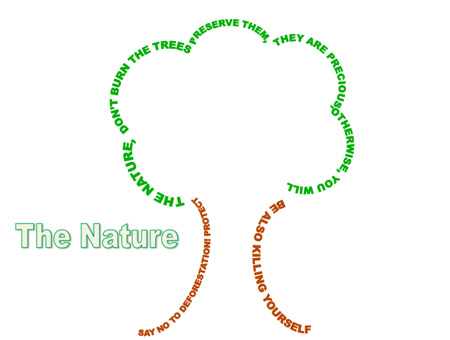by Clarisse Olivieri de Lima
As the technology coordinator of a private K-12 school in Rio de Janeiro, Brazil, I face lots of challenges every day, trying to find new and creative ways to use technology effectively to improve learning. However, there is a special issue related to students' literacy skills that worries me.
I have been noticing that the massive use of technology for the so-called digital natives is affecting the way students develop their composition tasks. It is common, for example, to hear students asking teachers, "Can I write this 'normally' or should I write it like an essay?" Interestingly, "normally" refers to their current "dialect" based on interactions through the Internet, where the use of acronyms and words such as blog, wiki, or chat is predominant.
A 2006 Pew Internet report titled "The Future of the Internet II" suggested that Internet use might create new dialects in the English language. But as I have observed, these changes in dialect seem to be happening in every language. It seems that the Internet and the use of new digital media is creating a whole new language to promote collaboration and communication. My fear is that this new internet-based-common-media-language may cause the disappearance of more formal written language, as I see happening on a daily basis in my students’ written work at school. These observations cause me to wonder: Where are we headed in thinking about the skillful use of written language? What is the future of literature and other narrative genres in an Internet-based world?
Intrigued by these questions, I am constantly looking for new ways to integrate technology into the curricula, especially into the language arts curriculum. One of the projects that I put together along with an interdisciplinary group of Portuguese science and arts teachers involved the creation of concrete poetry.
By definition, concrete poetry (or shape poetry or visual poetry) is poetry whose visual appearance matches the topic of the poem. The words form shapes, which illustrate the poem’s subject as a picture, as well as through the literal meaning of the selected words. And concrete poems don’t have to rhyme! You can learn more from Poetry4kids.com’s How to Write Concrete Poetry.
In my school, 6th graders crafted concrete poetry examples like the ones shown below as part of a unit about deforestation and its consequences for people. Using a presentation program, students wrote their poems using clear descriptive language and shaped their sentences in the format of pictures related to the theme (respectively a tree and an axe). They chose the size and colors of the words, and the best disposition for the elements in the poetry. Then they animated each section, which added a rhythmic element to their poem.


During the project, students were able to hone a variety of literacy and language skills such as synthesis, analysis, clarity, and creativity while they developed new conceptual ideas about deforestation in their writing in a very enriching way.
To get you thinking about the possibilities with your own students, you might enjoy exploring examples of student-created concrete poetry compiled at Poetry Soup, or you might be inspired by extension activities such as the Wild About Woods Concrete Poetry website or those from IRA’s ReadWriteThink website, including an Interactive Theme Poem Generator for younger students or Discovering Poetic Form and Structure Using Concrete Poems for older students.
In summary, I believe this type of concrete poetry project provides a model for teachers who wish to improve students’ written language usage while also using technology to engage them in animating the words and sentences in order to provide movement to their poetry. In addition, this form of writing offers a creative outlet for students to communicate their thoughts, stimulate their autonomy, and promote the skillful use of narrative language.
 Clarisse Olivieri de Lima is the Technology Coordinator of a private K-12 school in Rio de Janeiro, Brazil.
Clarisse Olivieri de Lima is the Technology Coordinator of a private K-12 school in Rio de Janeiro, Brazil.